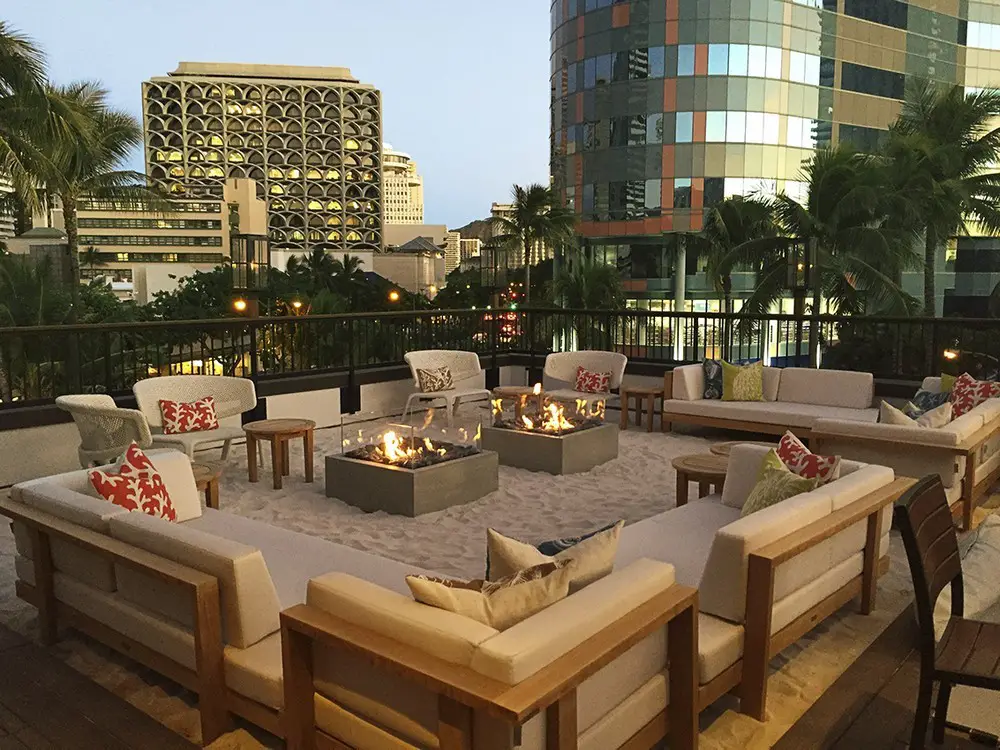

It stars the pho French dip - pho components reimagined as a sandwich with tender slices of brisket, a Thai basil chimichurri, mung bean sprouts, and a side of pho broth for dunking. The Pig and the Lady is one of the liveliest (full disclosure: I started its first iteration as a pop-up with Andrew Le, but have no stake in his current restaurants). Recently, in Honolulu’s Chinatown, one of the country’s oldest, a slew of young restaurateurs have been opening stylish spots. In with the old and in with the new, says Honolulu, and so will you, after following a traditional lunch with a contemporary one. Everything is served in little plastic bowls and dishes - think of it as tapas, Hawaiian style - making it easy to share in the small, no-frills, friendly dining room. By the ’50s, she had shed the Chinese and breakfast items on her menu to focus on a short list of Hawaiian food staples of that era: kālua pig, laulau, poi, lomi salmon, and Helena’s now-famous pipi kaula, made by hanging short ribs above the stove to dry before cooking, giving the meat a crisp exterior. Helen Chock, a Chinese woman, opened her restaurant in 1946. In Hawai‘i, “Hawaiian” refers to native Hawaiian, but nothing is as simple as it seems. Helena’s Hawaiian Foodįor your first lunch, root yourself in the history of the islands with the food of its first Polynesian inhabitants.
24 hour restaurants waikiki full#
Come to the source early to choose from the full range of mochi in the glass display case: supple, pastel rounds with fillings from the traditional red bean to peanut butter or coconut delicate, flower-shaped wafers hiding sweetened bean paste and liliko‘i chi chi dango, the small rectangles individually wrapped in paper like candies. (Mochi as medicine? Yes, please.) Nearing a hundred years of business, Nisshodo is an iconic mochi manufacturer hidden among warehouses in an industrial part of town. One of them, mochi, is so much a part of locals’ lives it’s even found in the drugstores. Waves of Japanese immigrants came to work the sugar plantations in the 19th century, bringing with them culinary traditions that, more than a century later, have become quotidian to all ethnicities in Hawai‘i. | (808) 732-8920 | A variety of mochi from Nisshodo Meghan McCarron 10:30 a.m. Its neighborhood, Kaimukī, a residential area near Diamond Head dotted with diverse eateries, is also worth a quick stroll. In the setting of a cozy American diner, you’ll find miso-marinated catch of the day and soft scrambled eggs congee topped with ham, cheddar, and cinnamon-bacon croutons and a cast-iron skillet bibimbap. Start your day at this popular brunch spot for a preview of the unique mashup of ethnicities and flavors in Hawaii, as seen through high-end riffs on classic breakfasts. While this list is perfect for dipping in and out of, with some dedication (and a lot of driving) you can experience it all in one day.

It’s a Honolulu with fresh fish and eggs for breakfast, lunch with roots in native Hawaiian traditions, an afternoon treat of shave ice, and killer bar food late at night. It’s a Honolulu celebrating immigrants from the 19th-century plantation era to more recent waves, who together create a delightful, mixed-up cuisine that challenges our notions of authenticity. Food is a window into a Honolulu that is renewing its interest in long-running institutions, the décor and menu as if preserved in amber, while celebrating new places that look to the past to create a menu for the modern world.


 0 kommentar(er)
0 kommentar(er)
